There can be your advertisement
300x150
How to Decorate an Interior in Industrial Style in a Standard Apartment: 5 Key Tips
The 21st century is the era of technological sophistication and functionality in architecture and interior design. That's why industrial style has recently gained increasing popularity, its concept originating in the US in the previous century. Today we will tell you how to create an interior in this style in a standard apartment — partially or fully.
History of the Style
In the 1940s, Manhattan factories were relocated from the city center to the outskirts, and abandoned industrial spaces with high ceilings, good lighting, and low rent began to be occupied by members of the creative underground.
Later, industrial spaces were renovated first into offices and then into art galleries, hotels, bars, and shops. Designers cleared abandoned buildings of factory equipment and waste, covered concrete floors with parquet, and decorated them with sophisticated furniture. The industrial style quickly transitioned into the plane of residential interiors and began to be used in former industrial buildings using existing architectural elements, as well as in standard apartments where the artificial industrial style is created through the use of inherent attributes.
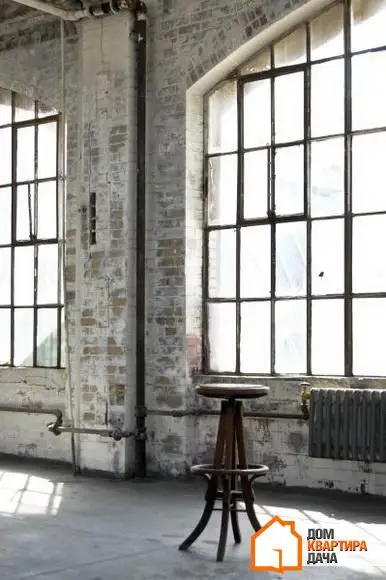
1. Focus on the Color Palette
The color palette of industrial style evokes industrial spaces. It is austere and monochromatic: gray, rust, beige, brown, khaki. Choose one dominant color, use as many of its shades and tints as possible, and accentuate them with black-and-white highlights. It is especially important to use various textures: rough brick masonry, metal with a subtle shine or rust, coarse wood.
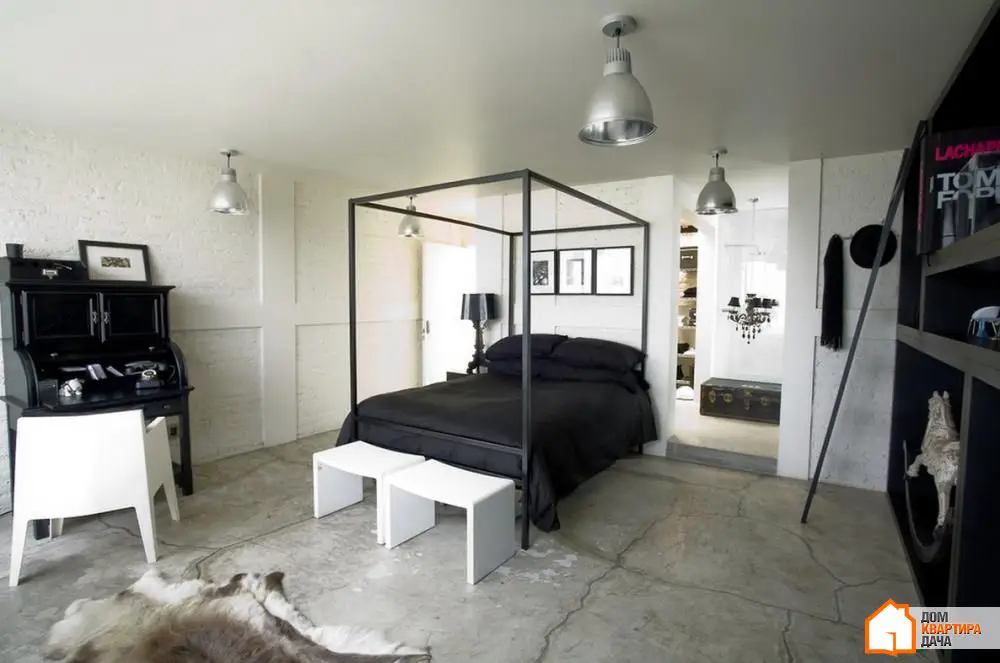
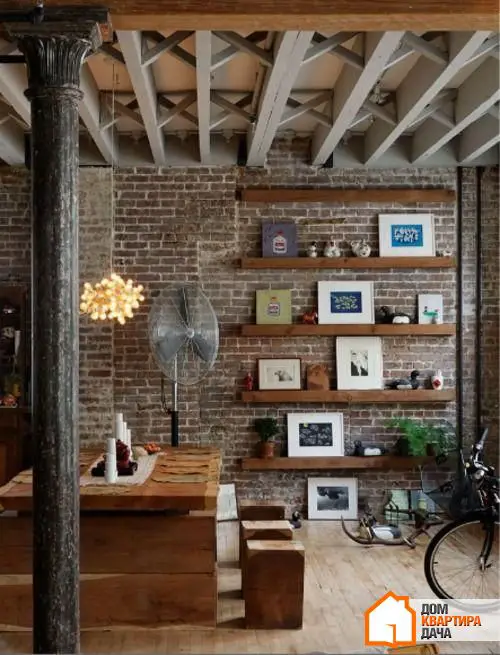
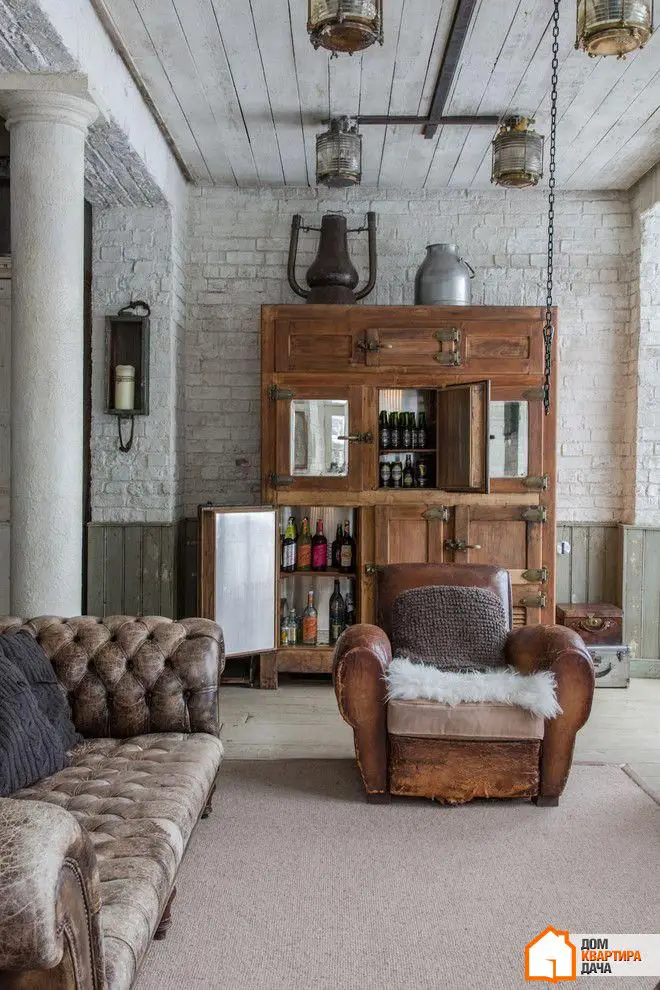
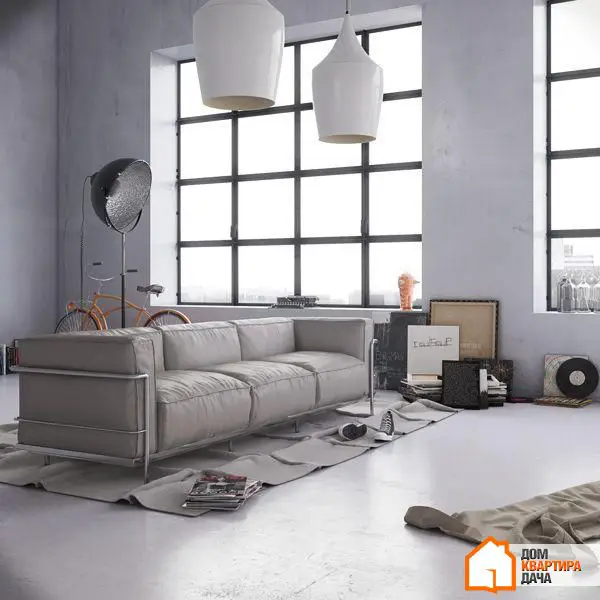
2. Choose Textured Materials
The key elements of the style are textured materials: aged and unprocessed wood, rough stone, brick masonry, rough concrete, and, of course, metal. The metal should be matte, with steel, iron, aluminum being ideal, possibly with a layer of rust or patina. Glossy gold and brass should not be used as they add too much shine, which is contrary to the style. A key feature of the style is the presence of exposed pipe systems, ducts, and beams. Real or stylized elements like these will add additional texture to the space.

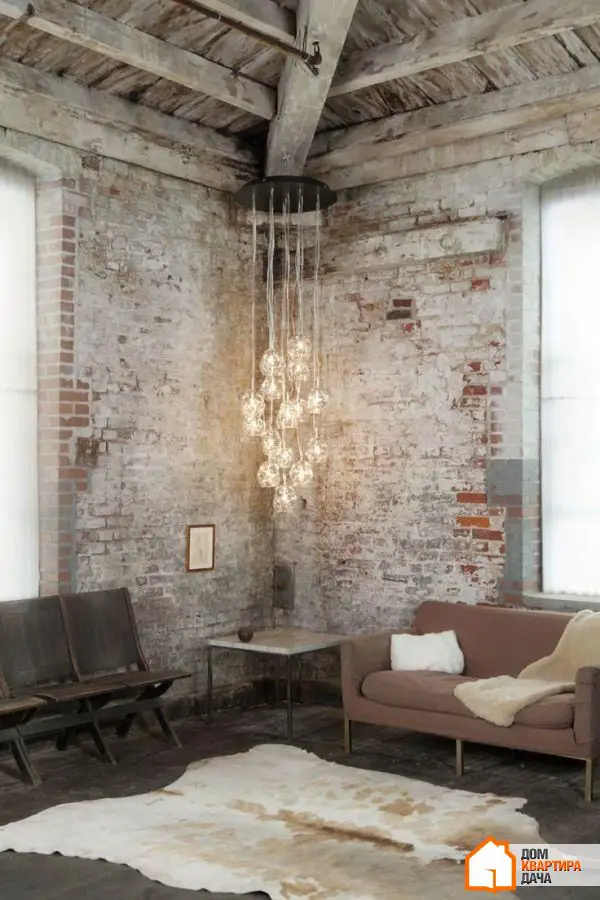
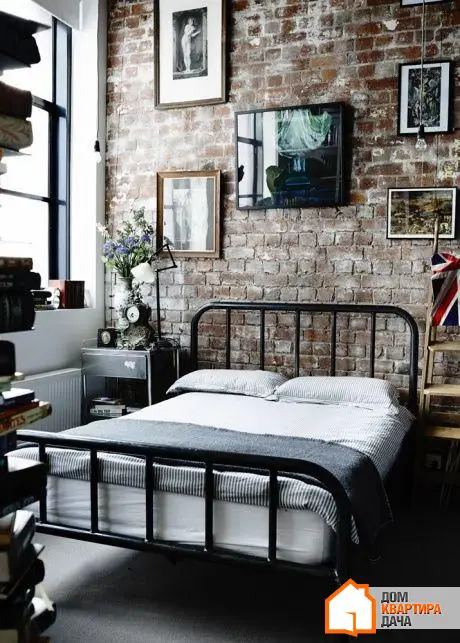
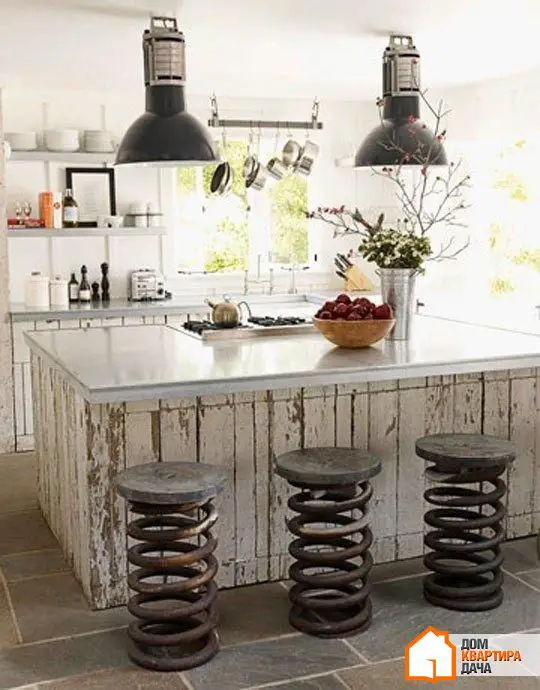
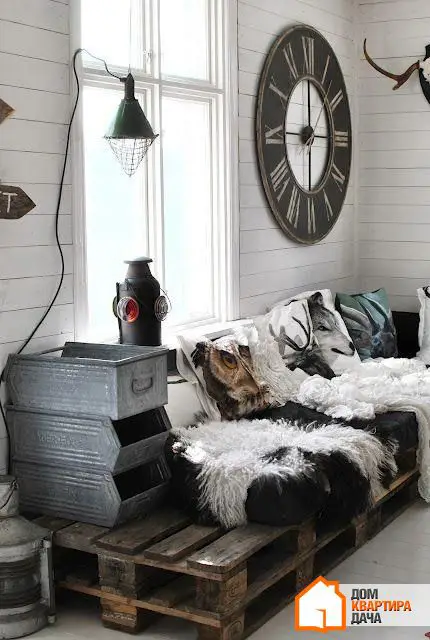
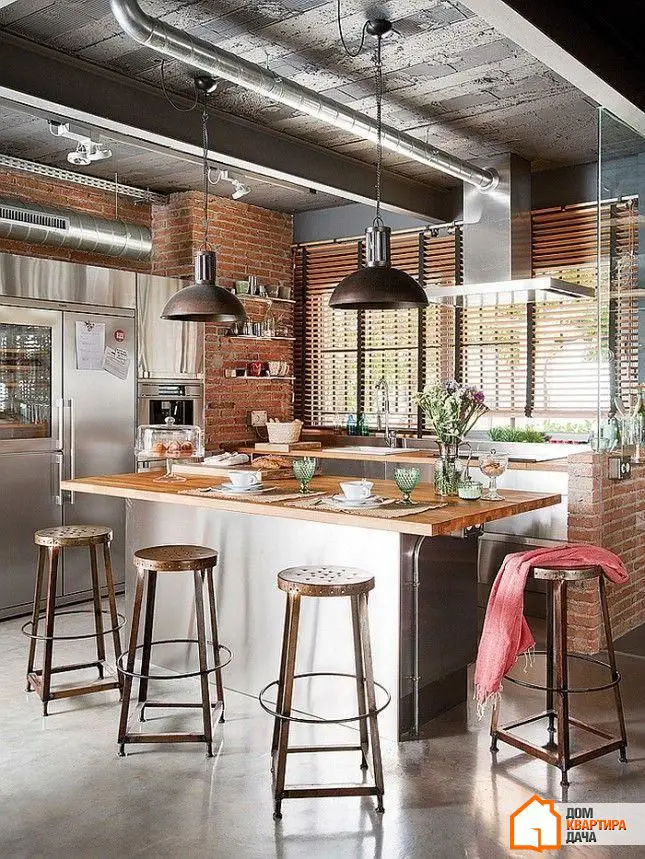
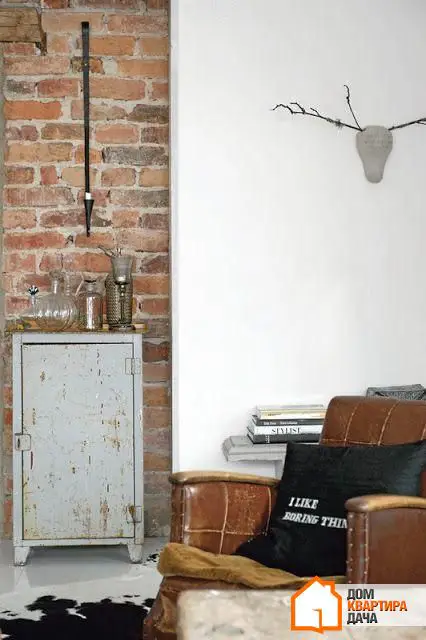
3. If Furniture, Then with Age
Furniture can be vintage or modern but reminiscent of manufacturing style. Old items found at flea markets make excellent elements for furniture. Table legs from sewing machines, open bookshelves with a pipe frame, and a workbench transformed into a dining table — all these items fit perfectly into an industrial interior. Soft sofas are also appropriate, but monochromatic and with the simplest forms, without any hints of excessive decoration.
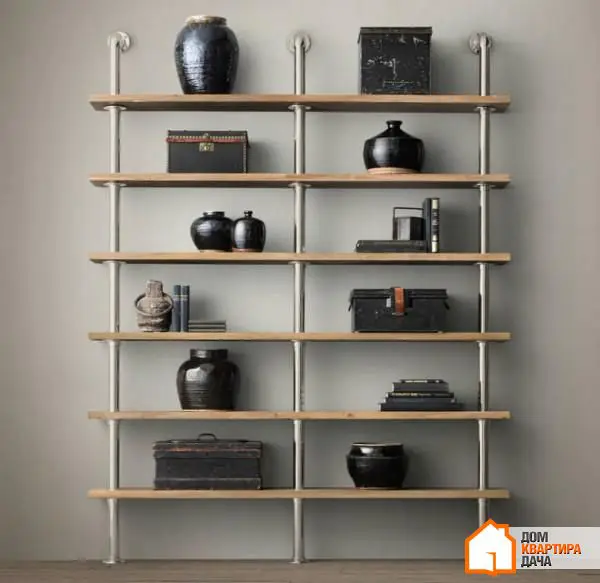

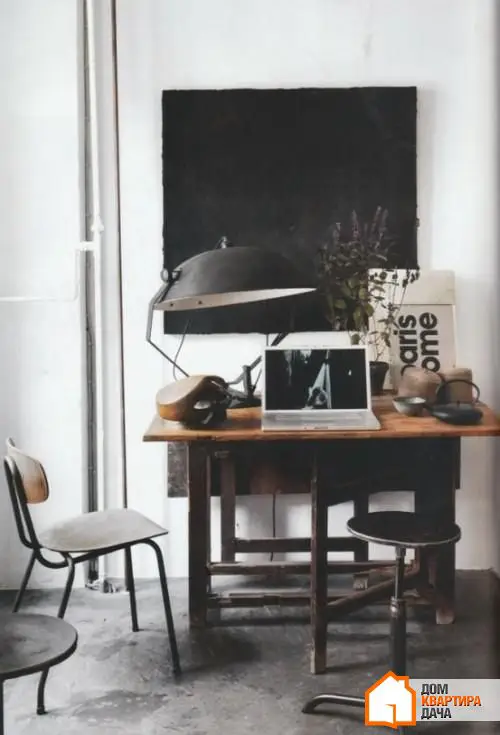


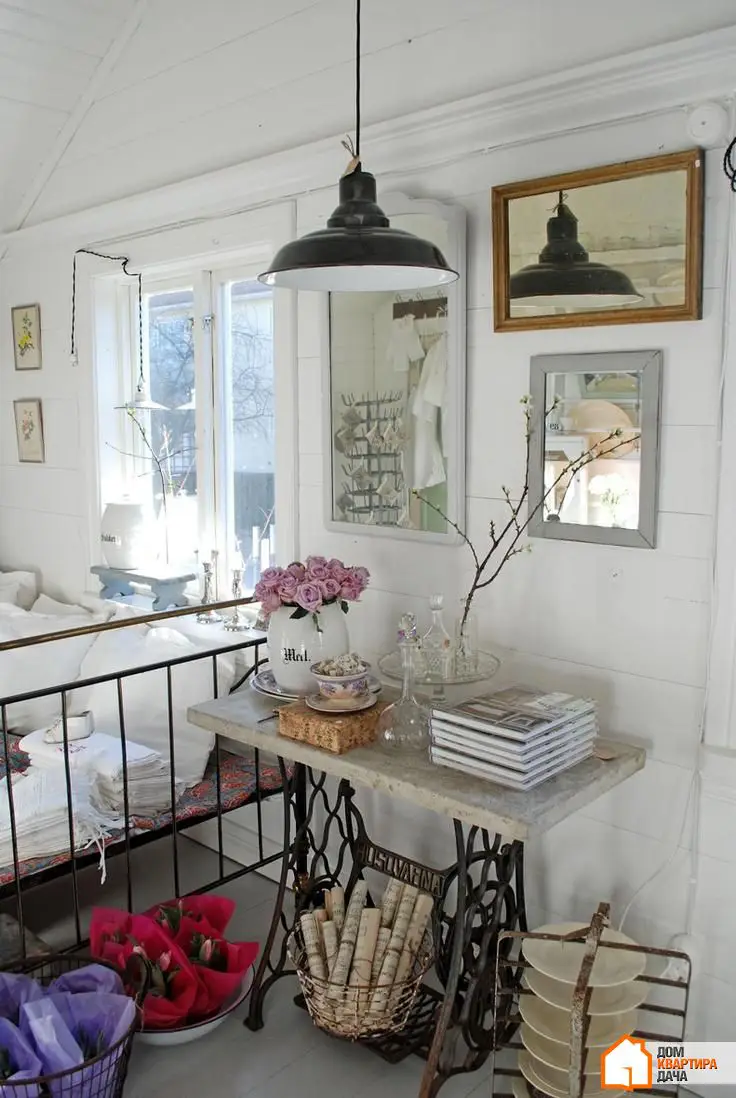
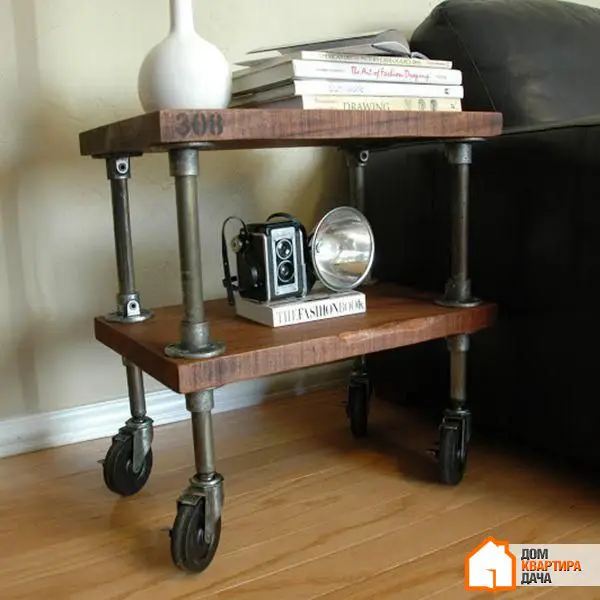
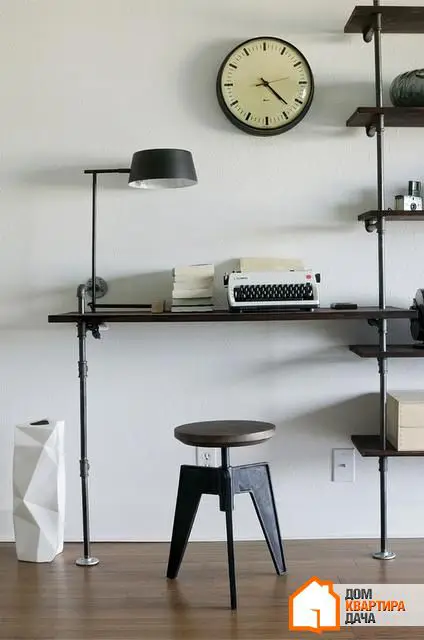
4. Plan More Lighting Scenarios
Industrial style is characterized by open spaces, large mansard windows, and maximum use of natural lighting. Curtains are either not used at all or made from almost weightless light-colored materials. Artificial lighting is created using fixtures in a factory style, made of metal and thick glass. For general lighting, lamps with metallic shades that resemble factory light fixtures or clusters of bare bulbs with exposed wiring are used. Functional lighting includes flexible wall sconces associated with technical lamps in workshops.
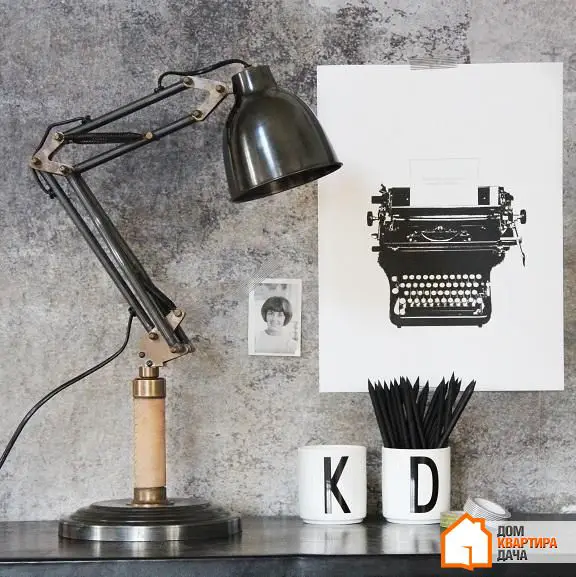
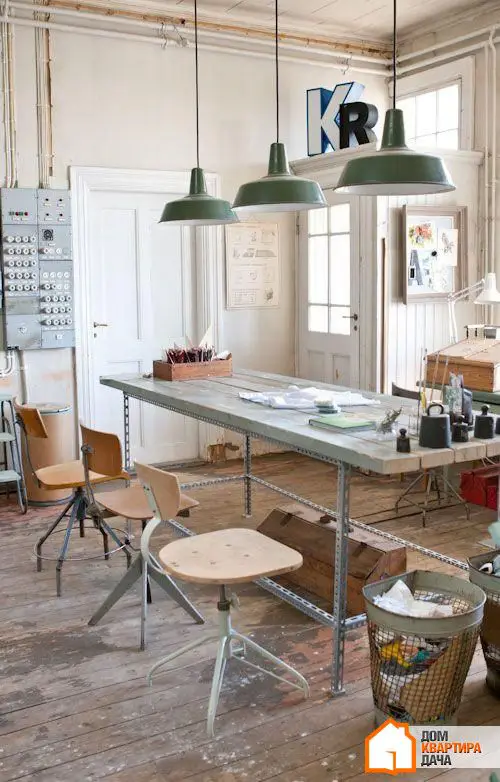

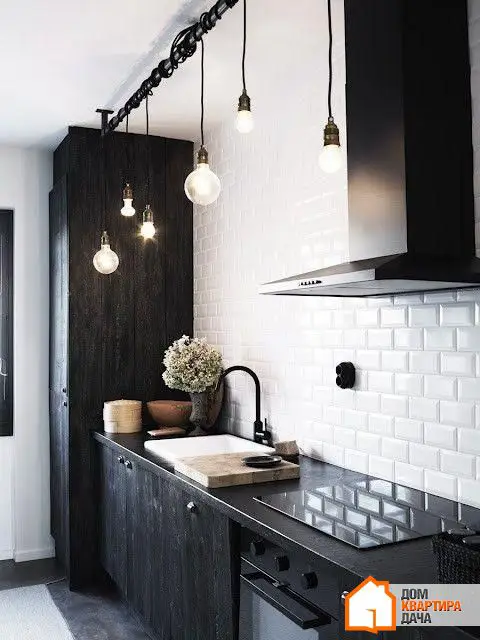
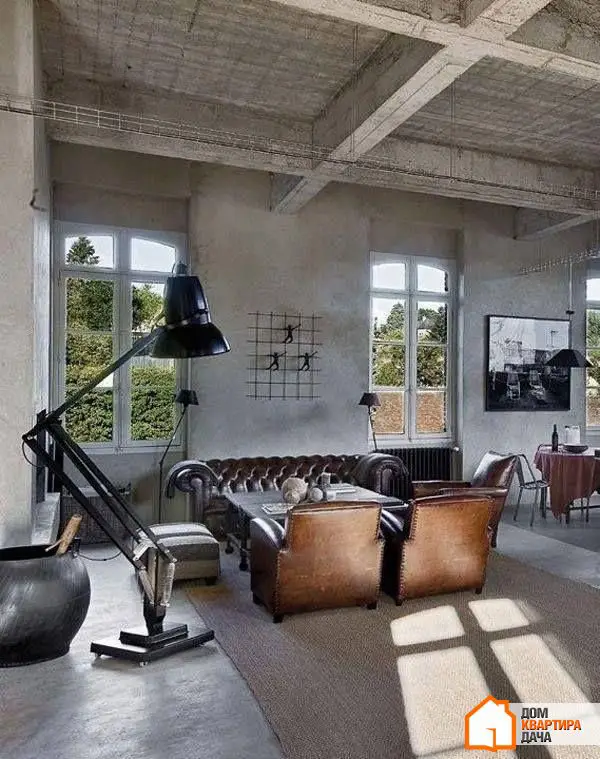
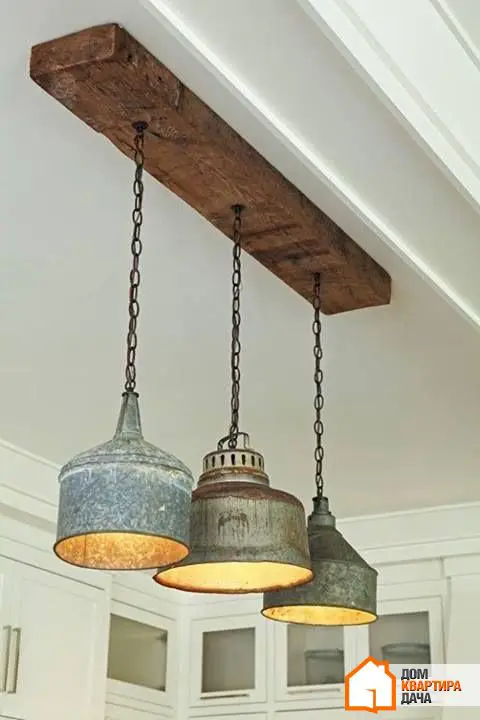


5. Unique Decor – Must-Have
In minimalistic industrial decor, authentic workshop accessories or stylized objects are used. Gears, bolts, valves, and pipes are not used for their intended purpose but as elements of space decoration. Walls are adorned with graffiti-style paintings, advertising posters, and illuminated signs.

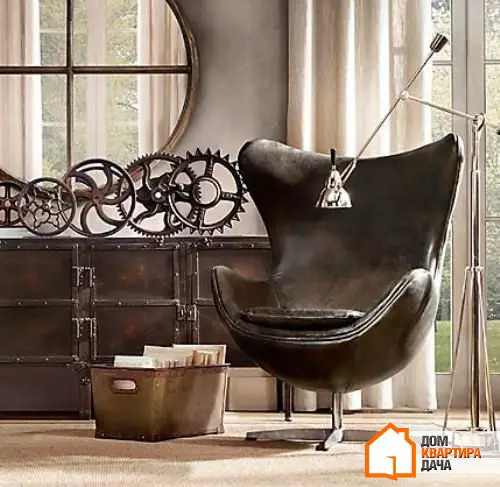

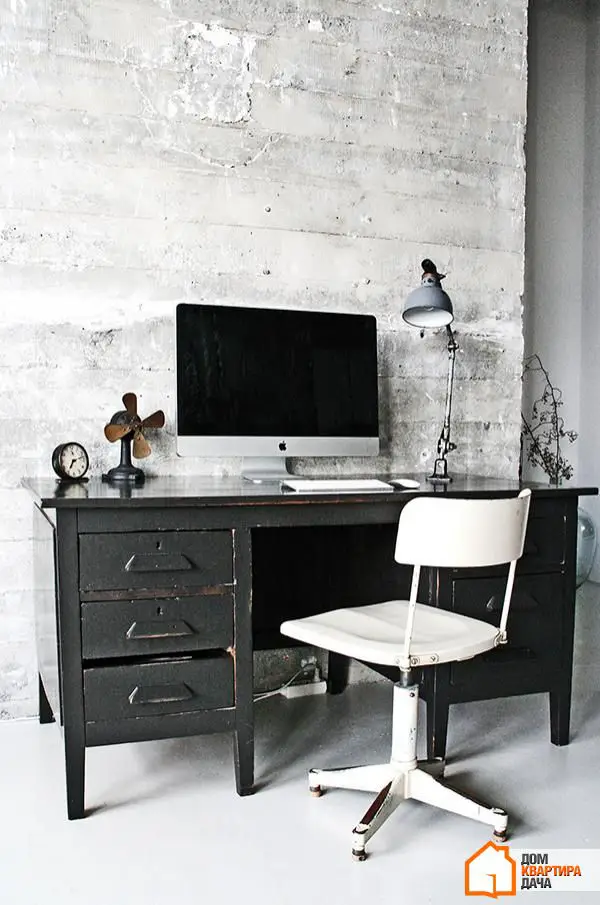

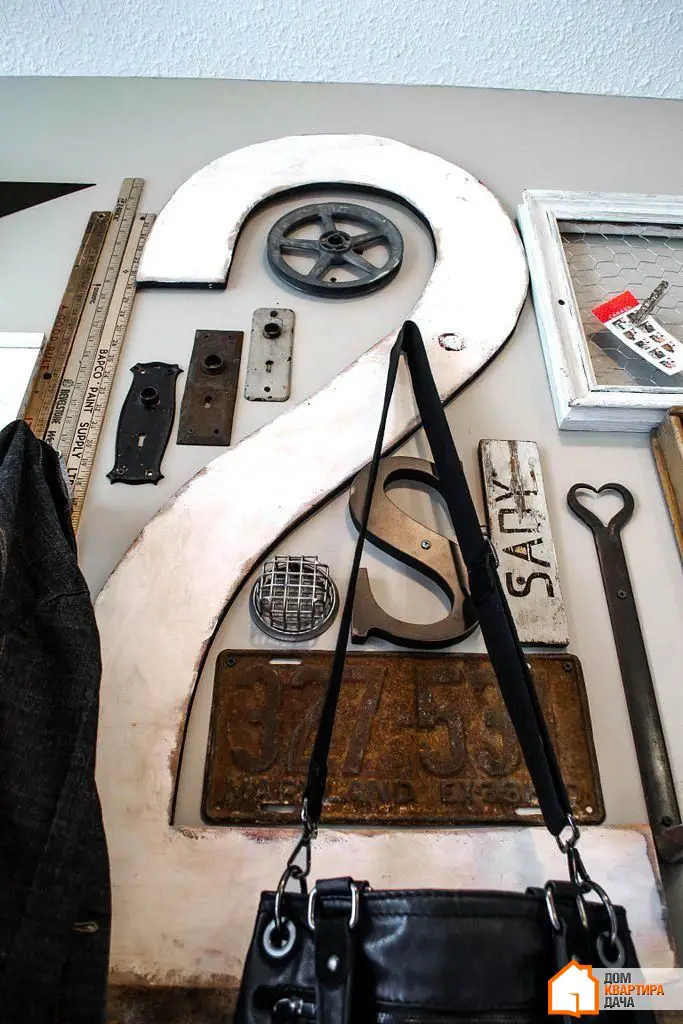
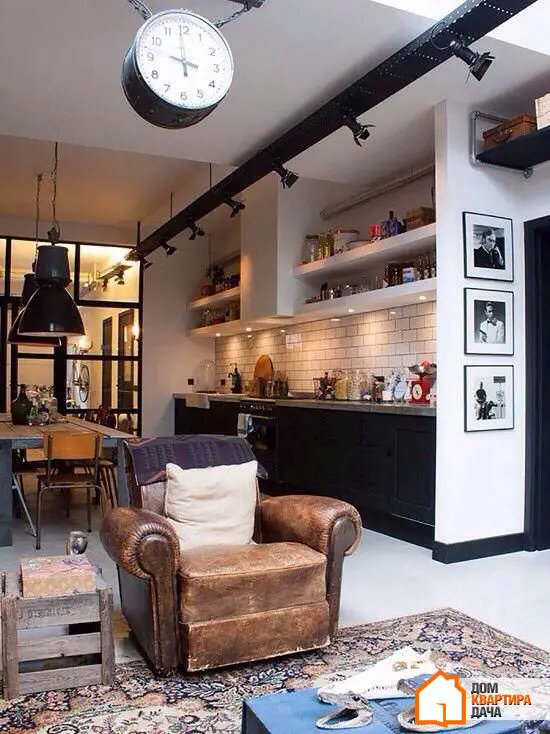
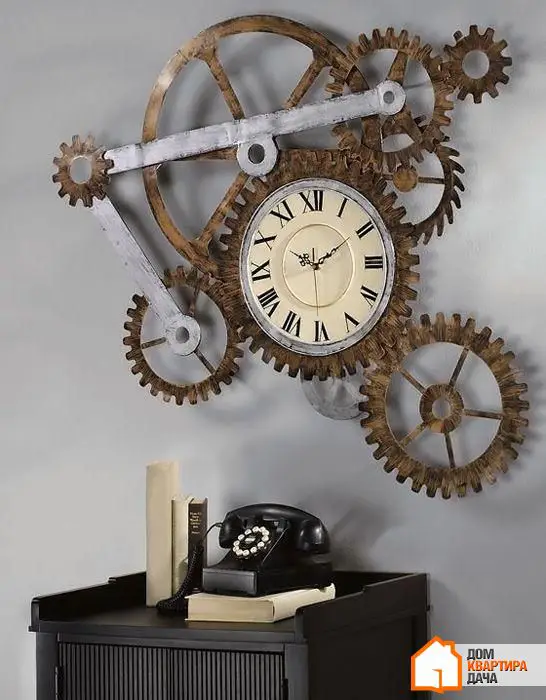

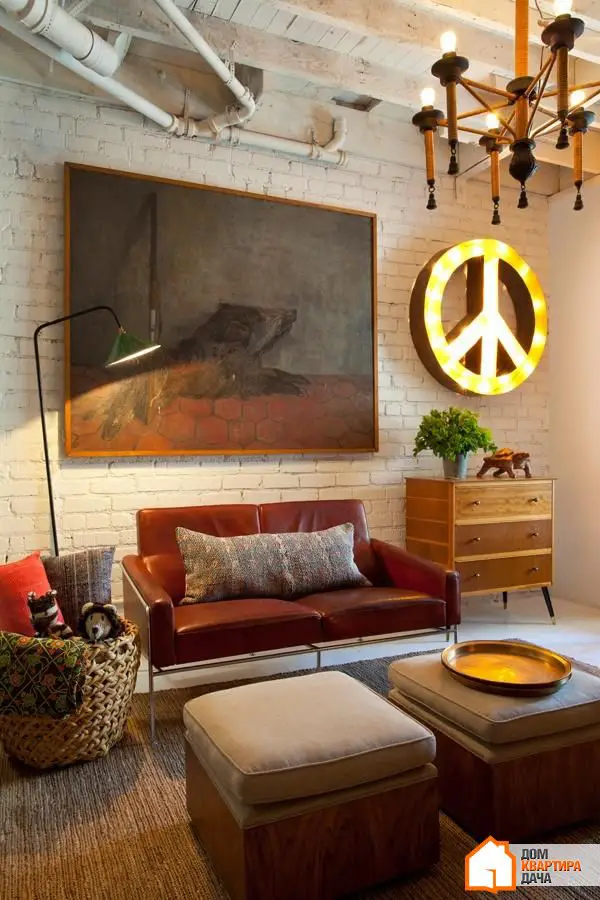
More articles:
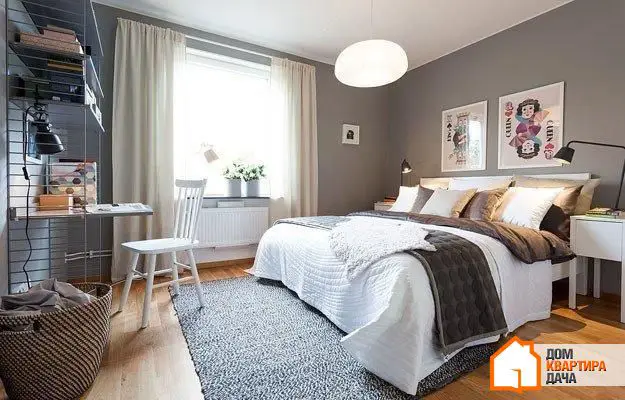 How to Refresh Your Bedroom in 48 Hours: 12 Original Ideas
How to Refresh Your Bedroom in 48 Hours: 12 Original Ideas How to Style Radiators: 5 Interesting Ideas, 30 Examples
How to Style Radiators: 5 Interesting Ideas, 30 Examples 30 Ideas for a Small Bedroom That You Can't Miss
30 Ideas for a Small Bedroom That You Can't Miss Open Plan Layout: 6 Decorative Zone Design Tips
Open Plan Layout: 6 Decorative Zone Design Tips 10 Secrets of Perfect Interior Design
10 Secrets of Perfect Interior Design Crystal in Interior Design: 25 Interesting Ideas
Crystal in Interior Design: 25 Interesting Ideas Interior in Brown Tones: 5 Tips, 25 Examples
Interior in Brown Tones: 5 Tips, 25 Examples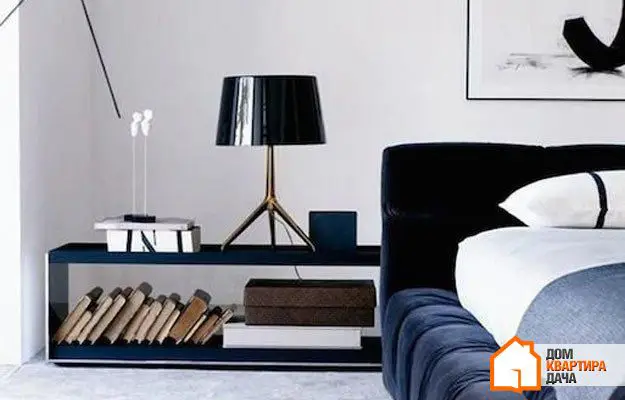 Bedside Tables: 4 Original Ideas, 30 Examples
Bedside Tables: 4 Original Ideas, 30 Examples